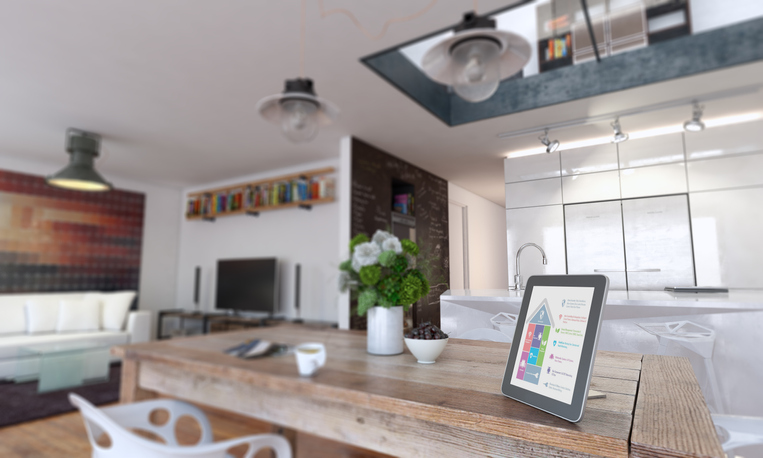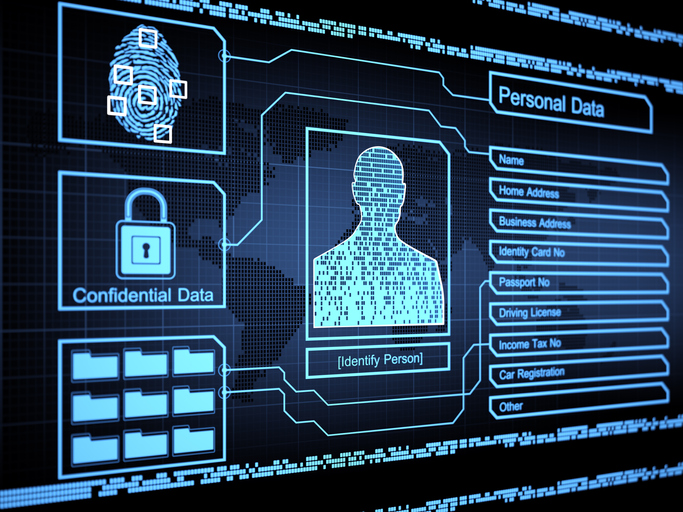Editor’s note: Alison Angus is head of lifestyles, Euromonitor International, London.
How will consumers change in 2020?
Euromonitor International’s report, Top 10 Global Consumer Trends 2020 (registration required), identifies the trends shaping consumer values, shopping habits and purchasing decisions in the year ahead.
Convenience and personal control are the underlying themes connecting each of the trends this year but striking a balance between these two is not always easy. Consumers are putting themselves first as they look for products and services that simplify their lives. Brands and service providers must meet consumers where they are to remain competitive and top of mind. This is especially true when considering two trends: multifunctional homes and private personalization.
Multifunctional homes
In seeking to unwind and get back on track, consumers retreat to their homes, where they feel safe and free from the distractions around them. While this tendency is nothing new, for the first time, many consumers don’t have to leave their homes if they don’t want to. Thanks to high-speed internet access and innovative goods and services, global consumers are able to exercise, shop, work and play from the comfort of their multifunctional homes.

The percentage of global households with access to broadband internet has doubled since 2010, according to Euromonitor International, giving many consumers internet access in their homes at speeds equal to their workplaces. As a result, companies and workers alike are able to embrace the benefits of remote work, supported by a host of software products enabling online meetings, chat and collaboration. As Euromonitor International’s 2019 Lifestyles Survey highlights, working from home is already common among global consumers across regions, with 70% working from home at least weekly.
For employers, a flexible work policy allowing employees to work some or all days from home means higher employee happiness and productivity, as well as lower overhead costs. Employees save money on commuting and have the freedom to complete work on their own schedule in the comfort of their home, free from workplace distractions. This shift from the office to the home is changing purchasing behavior, from choices in clothing, transit systems, restaurants, gym memberships and beyond. For example, working in casual and comfortable clothing at home is driving demand for sports apparel at the expense of suits, ties and other formalwear traditionally worn in an office environment.
Without having to leave the house to go to the office, consumers are reluctant to leave for other reasons. Remote workers are fueling growth in e-commerce, home fitness providers and grocery delivery, among other areas, at the expense of brick-and-mortar stores, gyms and restaurants.
While home broadband connectivity continues to expand across all regions, 5G will be the key catalyst to create truly smart homes in the future, making homes even more multifunctional and seamless. With all that is needed at their fingertips, consumers will increasingly opt to spend time at home. Smart fridges will automatically reorder groceries that are running low, while drones deliver groceries to your doorstep. Gym memberships might go virtual as more consumers exercise at home. Augmented and virtual realities are transforming how consumers relax and have fun, creating opportunities to experience live concerts and sports games in the comfort of their own homes. The implications for both industries and governments alike will continue to be dramatic and far reaching, as consumer habits regarding working, dressing, shopping, exercising and more will revolve around their homes. Traffic to stores, restaurants and gyms in central business districts will decrease and consumer demand to receive these same goods and services at home will increase. Indeed, they will spend more time and money looking for products, services and activities that enable them to make the most of time spent in their multifunctional homes.
Private personalization
Consumers expect brands to tailor products and services to them, yet they must surrender more of their personal information to optimize their experience. Companies are investing in algorithms and data collection methods to achieve more precise marketing. In return, consumers spend less time researching products. Yet, consumers are growing concerned about who has access to their data and how it is used. While some brands are pushing the boundaries on the type of information they collect, others are attempting to set new standards and appeal to consumers who prefer to remain off the grid. Companies may be penalized if they are not transparent about what data they are collecting and how they use it.
 Consumers continue to be wary of services that collect personal information. They are often suspicious of how their information will be used and if it will be unintentionally shared with third parties. Privacy concerns intensify as the consequences and added complexity of data breaches impact the user experience. Rather than appeasing these apprehensions, some companies are seeking ways to better understand their customers, collecting DNA and other biometric information, to further customize their products and marketing.
Consumers continue to be wary of services that collect personal information. They are often suspicious of how their information will be used and if it will be unintentionally shared with third parties. Privacy concerns intensify as the consequences and added complexity of data breaches impact the user experience. Rather than appeasing these apprehensions, some companies are seeking ways to better understand their customers, collecting DNA and other biometric information, to further customize their products and marketing.
According to Euromonitor International’s Lifestyles Survey 2019, 40-50% of consumers believe that targeted ads based on online searches are an invasion of privacy. However, younger cohorts are more willing to share their data to receive personalized offers. This dichotomy implies that younger consumers are less wary of sharing their data, but they also seek transparency in how that data is used. In other words, when consumers trust that companies will use their data responsibly, they are more likely to share data that helps the brand tailor their products or services.
Recent legislation is keeping pace with advances in technology and protecting citizens’ privacy. However, there are still risks that data can be breached and stolen. While some user data, such as passwords or payment information, can easily be changed, biometric data used for authentication and identification purposes is difficult to alter. Additionally, citizens fear that both companies and governments may use DNA samples or facial recognition in ways that discriminate or impose constant surveillance. Some argue that greater control for the individual to manage and sell their personal data would better protect privacy.
Brands are employing proactive methods to give customers a more personalized experience with their products and services, but they are ever more reliant on data to help them achieve these ends. While many consumers enjoy these customized experiences, a number of them are beginning to wonder what they are putting at risk to achieve this. Private personalization consumers will surely become progressively less trusting of companies extracting and using their data without transparency, adequate security and opt-out options. Recent regulation has helped manage how data is collected and how individuals may exercise their rights over privacy. However, as biometric sensors and speakers proliferate in homes and public spheres, private personalization consumers will also turn to more conventional products that physically block devices to opt out of data collection.
Business will need to engage with consumers, build trust and add value to their lives through their products and services in order to avoid them opting out as consumers of tomorrow increasingly dictate the experiences companies need to deliver and the methods used to execute such experiences.
To learn more about the top global consumer trends this year, download Euromonitor International’s free report (registration required).
